The Art of Kokedama: Make Your Own
Purify The Air At Home With A Stylish And Low-Maintenance Moss Ball
Introduce harmony into your living space with a touch of bonsai-inspired garden art.
Kokedama, or “moss ball”, is an ancient Japanese art form that is derived from the practice of bonsai. The beauty of exposed bonsai roots, which would accumulate moss over time, was the inspiration behind kokedama. It was colloquially referred to as “the poor man’s bonsai” as it was a simpler, more affordable way for people to enjoy the tranquility of a Japanese garden in their homes.
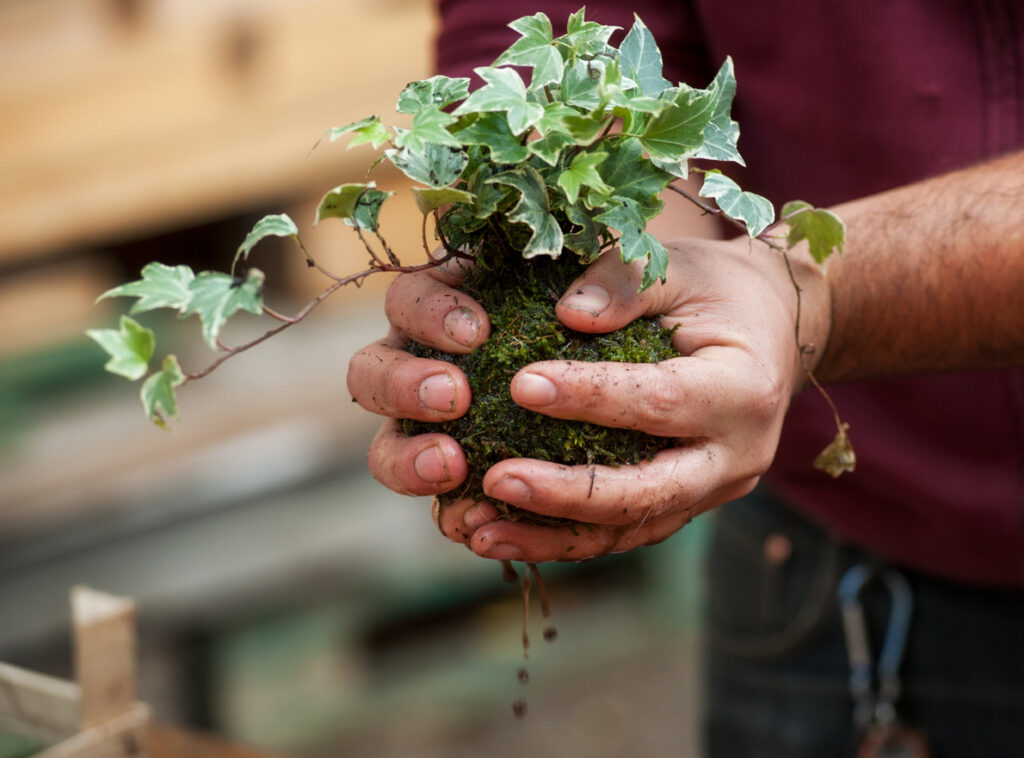 © Photo by iStock: Zummolo
© Photo by iStock: ZummoloThe concept of kokedama began as a way for Japanese people to stay connected to the forest while living in the city. The lack of man-made pots surrounding the plant mimics the natural environments in which plants grow and embodies the idea of mother nature being self-sufficient. In Japanese culture, moss symbolizes longevity, something that flourishes over time and is in harmony with its surroundings.
These rustic spheres of nature are a perfect reflection of wabi-sabi, which loosely translates as finding beauty in natural imperfections. Sculpted by hand, a misshapen ball of soil encompassing an asymmetric plant is then wrapped in nature’s blanket. Kokedama is a true appreciation of wabi-sabi.
 © Photo by iStock: Zummolo
© Photo by iStock: ZummoloThese days, kokedama is seen as a stylish and unique addition to homes, cafes and shops. This ancient art form has been given a modern twist as people experimented with different ways to display their moss balls, such as suspended in the air or in terrariums.
Studies have shown that many indoor plants can absorb carbon dioxide, release oxygen through photosynthesis and remove pollutants. As many people are still working remotely from their homes, keeping our living/working space clean and fresh is important and the improved oxygen levels in the air increase concentration and productivity. Kokedama can be created as big or as small as desired, perfect for tiny Tokyo apartments!
Kokedama Plant Suggestions
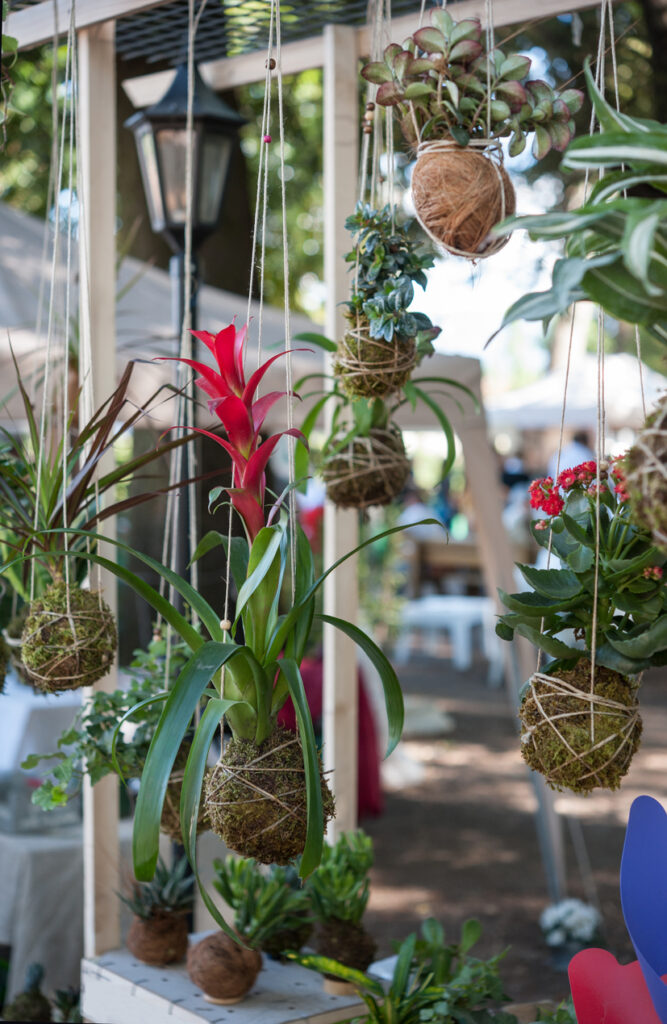 © Photo by iStock: Zummolo
© Photo by iStock: ZummoloChoosing the right plant for your kokedama requires more consideration than simply for atheistic purposes. Your chosen plant should be slow-growing, be able to thrive without direct sunlight and can tolerate humidity. Check out our suggestions below;
- Spider plant
- Palms
- Peace lily
- Lucky bamboo
- Rabbit’s foot fern
- Dracaena
- Grape Ivy
What You Need
- Your plant of choice
- Peat moss
- Two cups of potting soil
- Waxed string or fishing wire for an invisible effect
- Scissors
How To Make Kokedama
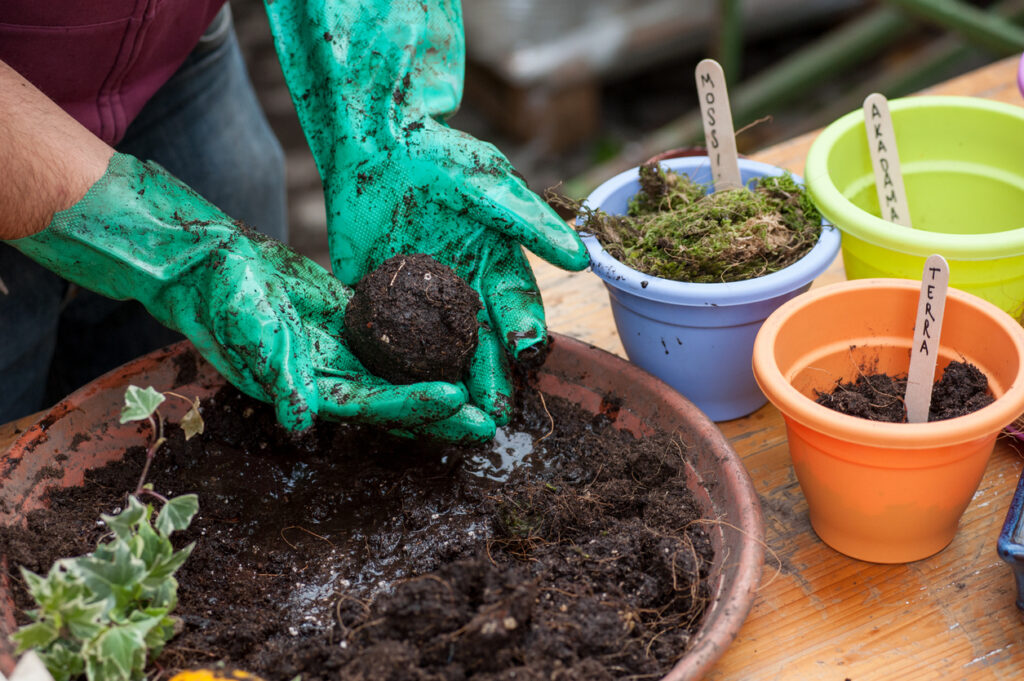 © Photo by iStock: Zummolo
© Photo by iStock: Zummolo1. The first step of making kokedama is to prepare the soil. Place two cups of potting soil into a container and slowly add water until you can mold the soil into a firm ball.
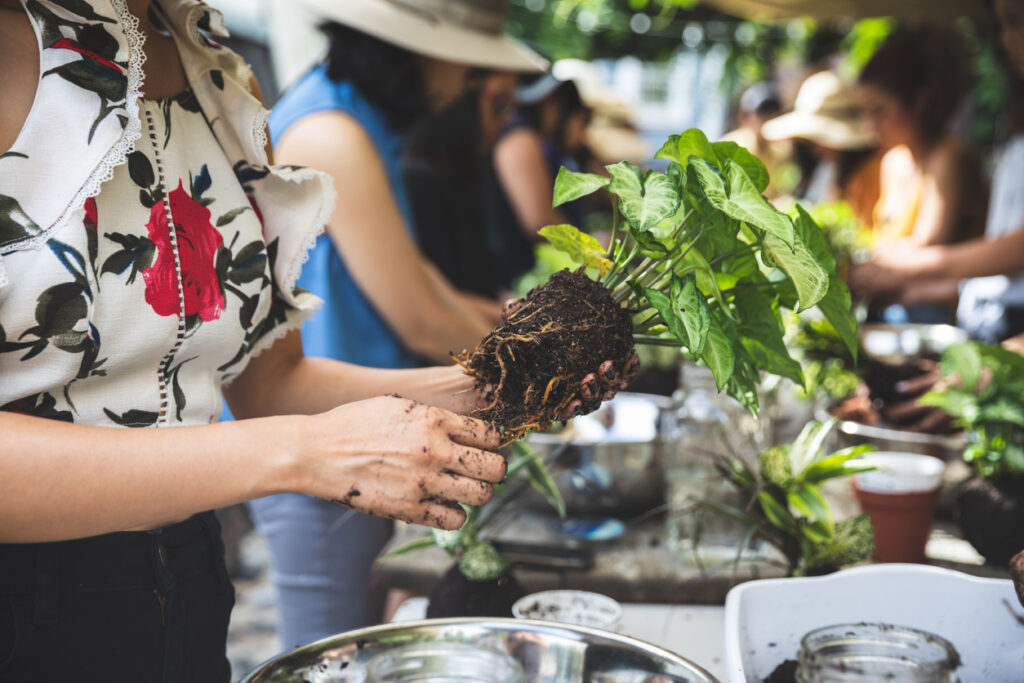
 © Photo by iStock: LeoPatrizi
© Photo by iStock: LeoPatrizi2. Take your chosen plant out of its pot and gently shake the soil from around the roots, leaving them as exposed as possible.
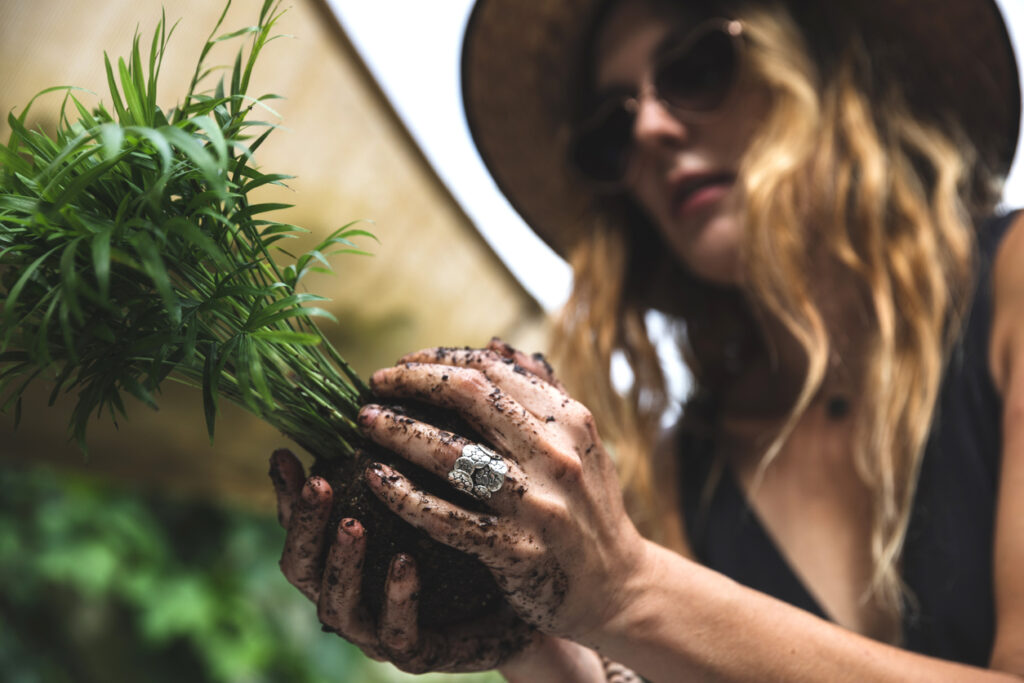 © Photo by iStock: LeoPatrizi
© Photo by iStock: LeoPatrizi3. Carefully split your soil ball in half and lay the plant’s roots in the center. Combine the two halves to re-create the ball, adding more water if necessary.
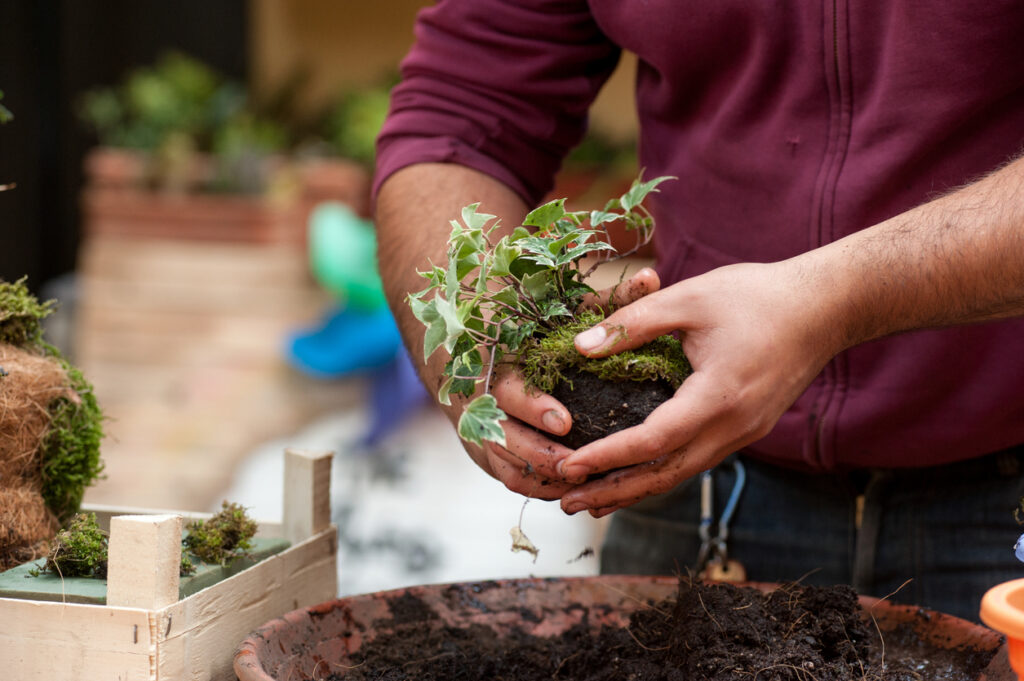 © Photo by iStock: Zummolo
© Photo by iStock: Zummolo4. Next, soak your peat moss in warm water to loosen it up, allowing it to move flexibly. Lay the moss face down, put your soil ball in the middle, and wrap the moss around the ball.
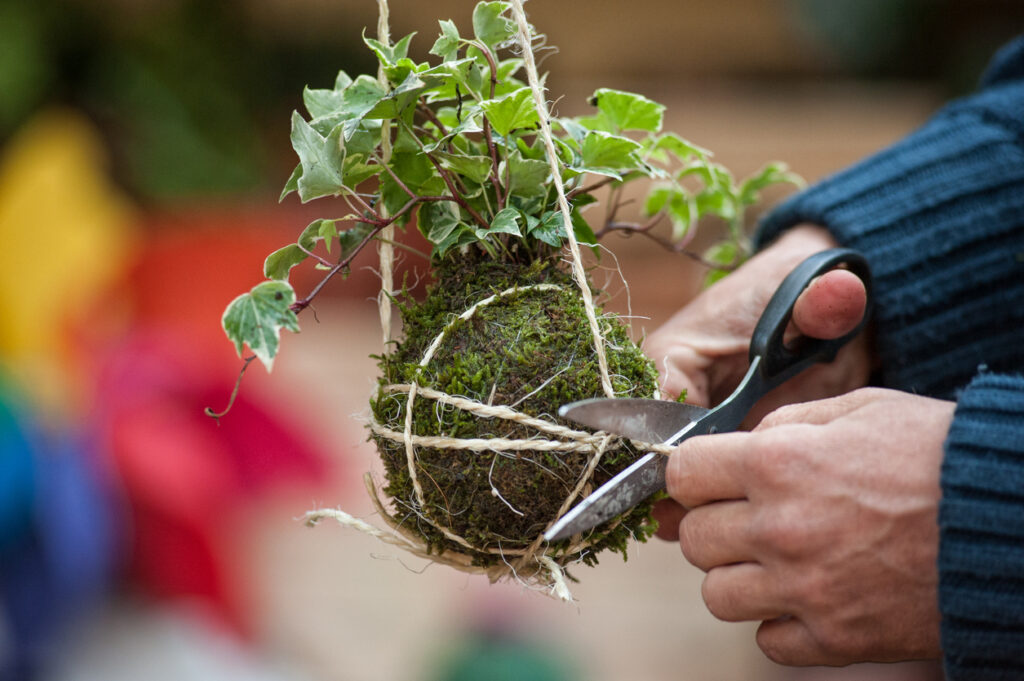 © Photo by iStock: Zummolo
© Photo by iStock: Zummolo5. Use the string to keep your kokedama tied together neatly.
Where To Buy Kokedama in Tokyo
If making your own kokedama sounds like the opposite of tranquil, there are plenty of places around Tokyo to buy these beautiful moss balls too.
Buriki no Zyoro
- Address: 3 Chome-6-15 Jiyugaoka, Meguro City, Tokyo 152-0035
- Phone: 03-3724-1187
Flower Plants Cafe Jiyugaoka
- Address: 2 Chome-15-10 Jiyugaoka, Meguro City, Tokyo 152-0035
- Telephone: 03-3723-3380
Have you ever bought or tried to make your own Kokedama? Let us know in the comments!
















Leave a Reply